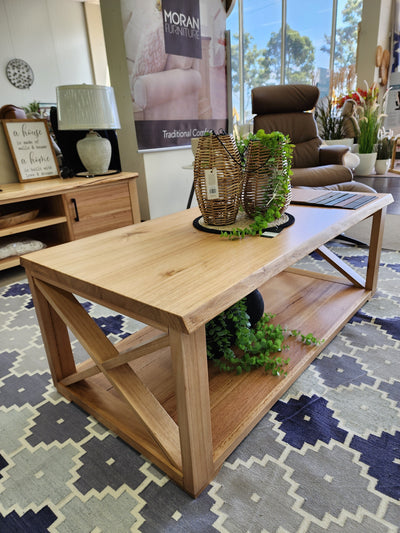
Stepping into the Future: What Will Furniture Look Like in 2030?
The future of furniture is a blend of innovation, sustainability, and smart technology. As we look towards 2030, here are some exciting trends that are set to revolutionise our living spaces.
Smart Furniture Integration
Imagine a living room where your sofa can adjust its firmness based on your preferences, or a coffee table that doubles as a charging station for all your devices. Smart furniture will become increasingly common, integrating technology to enhance comfort and convenience. Expect features like built-in speakers, adjustable settings via mobile apps, and even health monitoring capabilities.
Sustainable and Eco-Friendly Materials
With a growing focus on sustainability, future furniture will emphasize eco-friendly materials. Recycled plastics, reclaimed wood, and biodegradable textiles will be at the forefront of this movement. Manufacturers will prioritise creating pieces that are not only beautiful but also reduce environmental impact. This shift will not only cater to eco-conscious consumers but also help in promoting a more sustainable lifestyle.
Modular and Multifunctional Designs
As urban living spaces continue to shrink, the demand for modular and multifunctional furniture will rise. Picture a bed that transforms into a sofa, or a dining table that doubles as a workspace. These versatile pieces will make the most out of limited space, offering practicality without compromising on style. Modular designs will also allow for customisation, enabling users to adapt their furniture to changing needs.
Personalised Customisation
Customisation will take center stage in future furniture trends. Advanced manufacturing techniques, like 3D printing, will allow for greater personalisation. Consumers will be able to design their own furniture pieces, choosing materials, colors, and finishes that reflect their unique tastes. This trend will empower individuals to create spaces that truly feel like home.
Biophilic Design
Biophilic design, which incorporates natural elements into indoor spaces, will continue to grow in popularity. Expect to see more furniture that integrates greenery, natural light, and organic forms. This approach not only enhances aesthetic appeal but also promotes well-being by creating a connection with nature. Think of chairs with built-in planters or tables made from living wood.
The future of furniture is exciting and full of possibilities. As we move towards 2030, our living spaces will become smarter, more sustainable, and highly personalised. By embracing these trends, we can create homes that are not only functional but also reflect our evolving lifestyles and values. Whether it's through smart technology, eco-friendly materials, or innovative designs, the furniture of the future promises to transform the way we live and interact with our surroundings.
Smart Furniture Integration
Imagine a living room where your sofa can adjust its firmness based on your preferences, or a coffee table that doubles as a charging station for all your devices. Smart furniture will become increasingly common, integrating technology to enhance comfort and convenience. Expect features like built-in speakers, adjustable settings via mobile apps, and even health monitoring capabilities.
Sustainable and Eco-Friendly Materials
With a growing focus on sustainability, future furniture will emphasize eco-friendly materials. Recycled plastics, reclaimed wood, and biodegradable textiles will be at the forefront of this movement. Manufacturers will prioritise creating pieces that are not only beautiful but also reduce environmental impact. This shift will not only cater to eco-conscious consumers but also help in promoting a more sustainable lifestyle.
Modular and Multifunctional Designs
As urban living spaces continue to shrink, the demand for modular and multifunctional furniture will rise. Picture a bed that transforms into a sofa, or a dining table that doubles as a workspace. These versatile pieces will make the most out of limited space, offering practicality without compromising on style. Modular designs will also allow for customisation, enabling users to adapt their furniture to changing needs.
Personalised Customisation
Customisation will take center stage in future furniture trends. Advanced manufacturing techniques, like 3D printing, will allow for greater personalisation. Consumers will be able to design their own furniture pieces, choosing materials, colors, and finishes that reflect their unique tastes. This trend will empower individuals to create spaces that truly feel like home.
Biophilic Design
Biophilic design, which incorporates natural elements into indoor spaces, will continue to grow in popularity. Expect to see more furniture that integrates greenery, natural light, and organic forms. This approach not only enhances aesthetic appeal but also promotes well-being by creating a connection with nature. Think of chairs with built-in planters or tables made from living wood.
The future of furniture is exciting and full of possibilities. As we move towards 2030, our living spaces will become smarter, more sustainable, and highly personalised. By embracing these trends, we can create homes that are not only functional but also reflect our evolving lifestyles and values. Whether it's through smart technology, eco-friendly materials, or innovative designs, the furniture of the future promises to transform the way we live and interact with our surroundings.




















